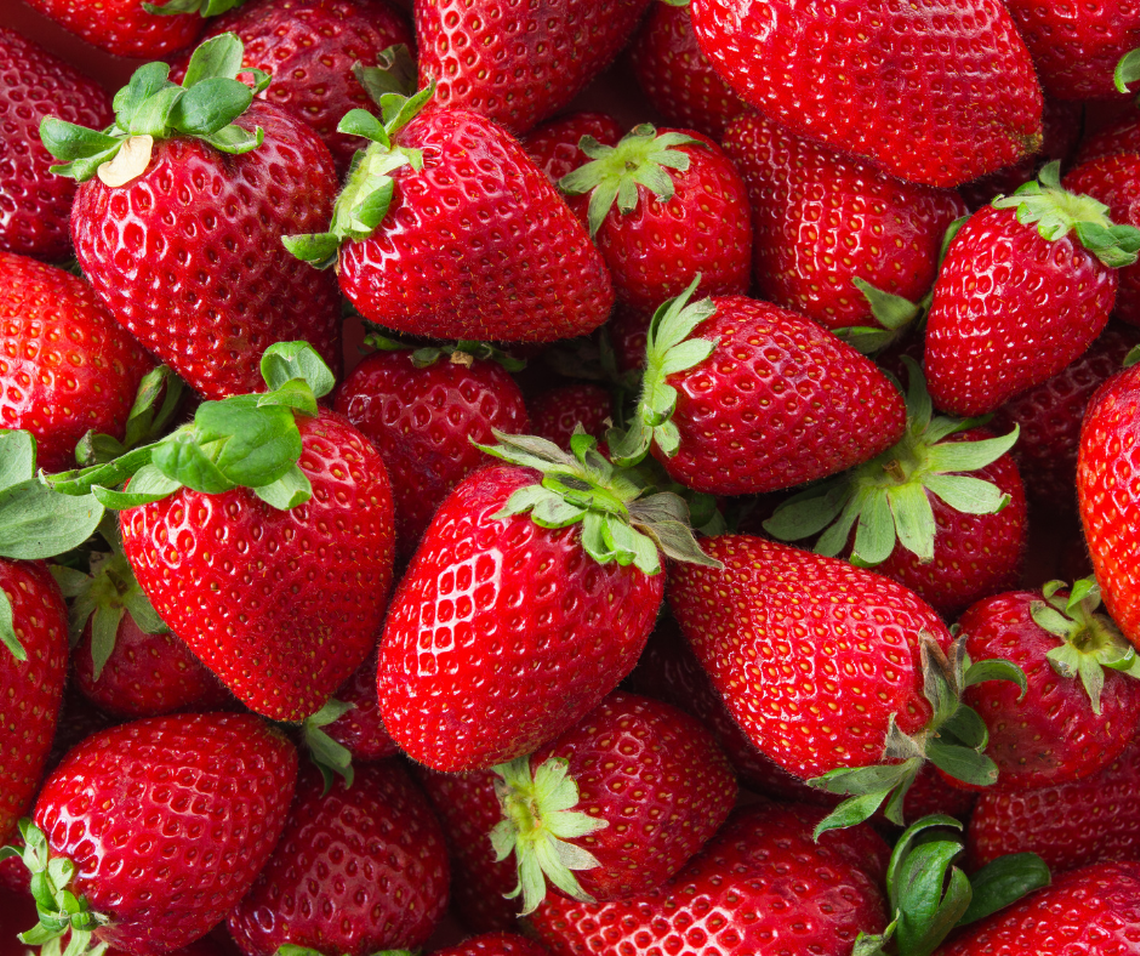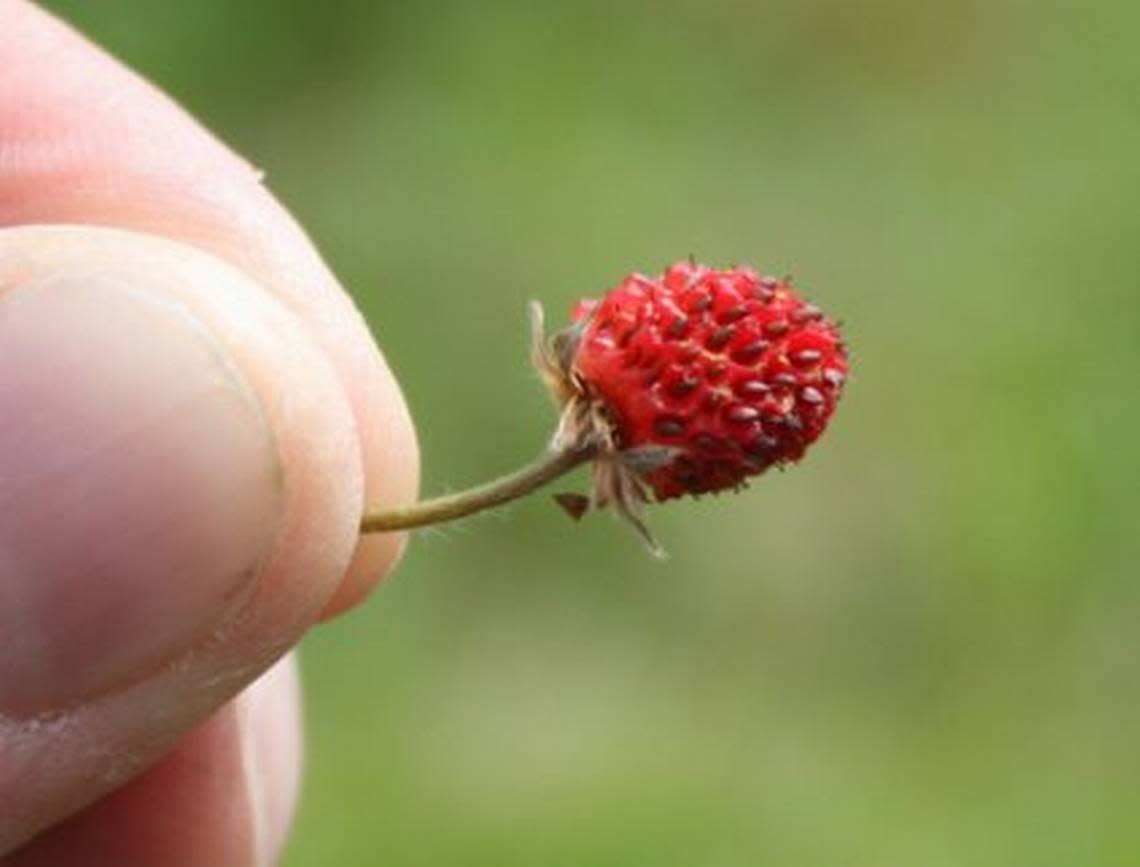June’s “strawberry moon” will be seen over SC skies soon. Here’s when & what to know
Watch the skies tonight for the strawberry moon.
The full strawberry moon will rise on Saturday, June 3, 2023, at 11:42 p.m., says NASA. This will be the full moon’s peak illumination time. Additionally, the bright star Antares will make an appearance just a few degrees to the right of the night’s moon.

Just after sunset, avid viewers should look toward the east to watch June’s full moon begin to rise above the horizon as it will be the last full moon of spring.
If you’re looking for the best way to view the moon, try getting away from any light sources or anything that could obstruct your view.
The summer solstice, which marks the official first day of summer, will occur on June 21 and will be the longest day of the year.
Why is it called the smtrawberry Moon?
Traditionally, June’s full moon has primarily gone by the nickname of strawberry moon in the past and present.
Although individuals may get their hopes up that the term comes from the moon’s appearance taking on a shaded hue similar to that of a strawberry, The Old Farmer’s Almanac details that the origin of the name ‘strawberry moon” actually has nothing to do with the moon’s appearance.

Instead, the nickname of “strawberry moon” given to June’s full moon has been used by Native American Algonquian tribes that live in the northeastern United States as well as the Ojibwe, Dakota and Lakota peoples to mark the ripening of “June-bearing” strawberries that are ready to be gathered and enjoyed. This time frame also ideally coincides with the month being a time of abundance as flowers are blooming and early fruits are ripening, the Almanac continued.
Why is this moon phase called a full moon?
Earth’s moon takes approximately 30 days, or one month, to revolve around the Earth, which is what is called a lunar cycle, detailed NASA.
A full moon is one of eight moon phases, also called lunar phases, and occurs when the moon is on the opposite side of Earth from the sun during its monthly orbit and the light fully illuminates the moon.
When are the different moon phases in June this year?
With the first quarter phase already occurring on May 27, according to timeanddate.com, there are only three remaining moon phases left in June.
Full moon: June 3
Third quarter: June 10
New moon: June 18
2023 remaining full moons to look forward to
Here is a list of all the full moons set to occur this year, according to NOAA:
Jan. 6: This full moon happened at 6:08 p.m. It’s called the wolf moon.
Feb. 5: This full moon happened at 1:29 p.m. It’s called the snow moon.
March 7: This full moon happened at 7:40 a.m. It’s called the worm moon.
April 6: This full moon happened at 12:34 a.m. It’s called the pink moon.
May 5: This full moon happened at 1:34 p.m. It’s called the flower moon.
June 3: This full moon will occur at 11:42 p.m. It’s called the strawberry moon.
July 3: This full moon will occur at 7:39 a.m. It’s called the buck moon.
Aug. 1: This full moon will occur at 2:32 p.m. It’s called the sturgeon moon.
Aug. 30: This full moon will occur at 9:36 p.m. It’s called the blue moon.
Sept. 29: This moon will occur at 5:57 a.m. It’s called the harvest moon.
Oct. 28: This moon will occur at 4:24 p.m. It’s called the hunter’s moon.
Nov. 27: This full moon will occur at 4:16 a.m. It’s called the beaver moon.
Dec. 26: This full moon will occur at 7:33 p.m. It’s called the cold moon.
